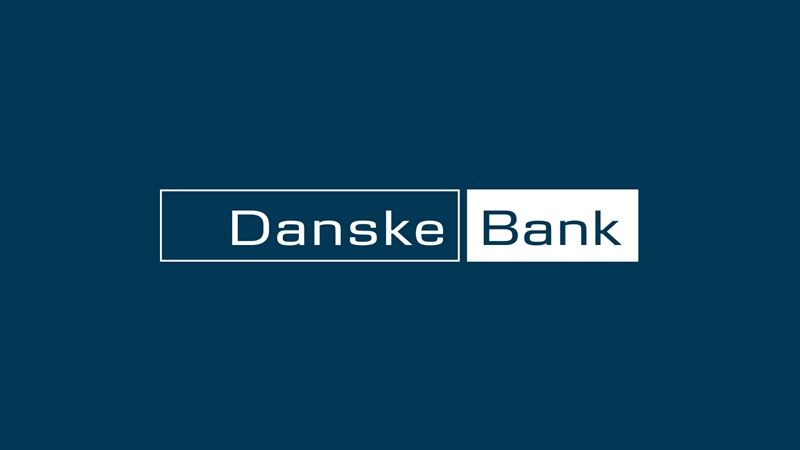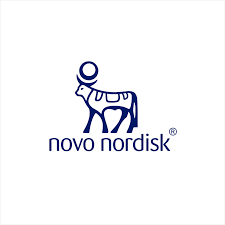In 1867, the future inventor, industrialist and founder of the Toyota empire, Toyoda Sakichi, was born in a poor village in central Honshu, the oldest of three brothers.
When he wasn’t working in his father’s carpentry business, young Sakichi spent his free time lost deep within the pages of ‘Saigoku Risshi hen’, a wildly-popular translation of ‘Self-Help’ by Samuel Smiles (the bible of mid-Victorian liberalism).
Richard’s reincarnation
One story in particular – that of Sir Richard Arkwright, an 18th century inventor of textile machinery – mesmerised him. Though a century and a half separated them, their lives were so similar that Sakichi could have been Arkwright’s reincarnation.
He was inspired and, at 23, his newfound but insatiable hunger for learning and invention drove him from his childhood village to Yokohama, a ten-day journey by horse and carriage.
In time, Sakichi would file more than 100 patents. His crowning achievement, the Type G automatic loom, was heralded as the world’s most advanced, delivering dramatic improvements in quality and a twentyfold increase in productivity (in 2007, it was memorialised as a major contributor to Japan’s industrial revolution).
More whys than Delilah
But apart from establishing Toyoda Automatic Loom Works (the precursor of Toyota Motor Company), Sakichi’s lasting legacy is the eternal question on every child’s lips: “But why?”
And he didn’t ask it once, but over and over again until the root cause of any problem was found and its solution, a new and improved process, became clear.
Today, Sakichi’s 5 Whys (named after the average number of whys needed to resolve a problem) remains the cornerstone of Toyota’s manufacturing philosophy: a critical component of problem-solving training worldwide, and the foundation of nearly every modern process and product development model used to solve problems, improve quality, and/or reduce costs.
But why … not
However, the usefulness of Kaichi’s ‘but why’ isn’t limited to business. It can be an incredibly insightful approach to clarifying your next career move. For example, a four-year employee is feeling increasingly dissatisfied with her job, but doesn’t know what to do, so she asks herself the 5 Whys (see below).
The last question could be a stopping point. Over the course of the questions, several root issues are uncovered. Each one is a great starting point for a career growth plan (e.g unnoticed by management, needing a workplace that better utilises her talents and abilities, and finding work that periodically changes).
What’s your Why?
One of the positives of a 5-Why approach is that while it focused on outcomes, there are no rules about what line of questioning to explore or how long to continue the search for additional root causes. This level of design flexibility is vital for finding real reasons and root causes for any problem.
So what’s your problem? More importantly, why’s it happening? What’s your final Why? Sakichi’s timeless ‘but why’ approach will forever be a good beginning to a career development process that works best for you.














